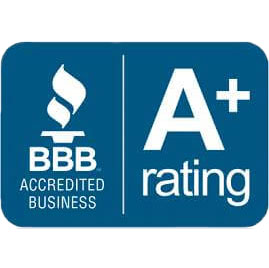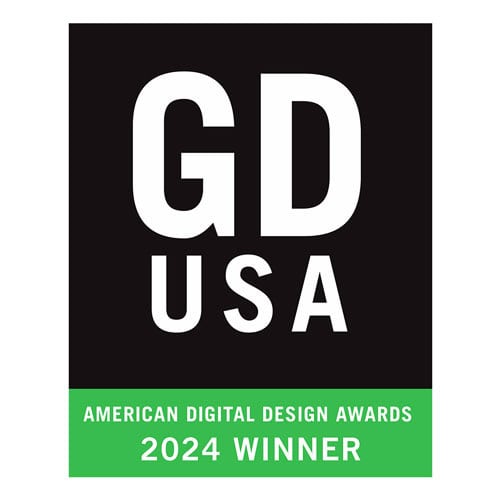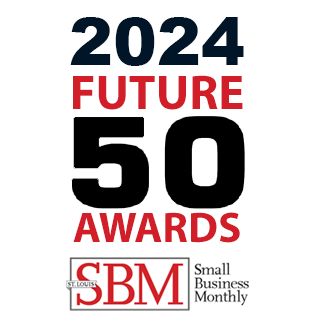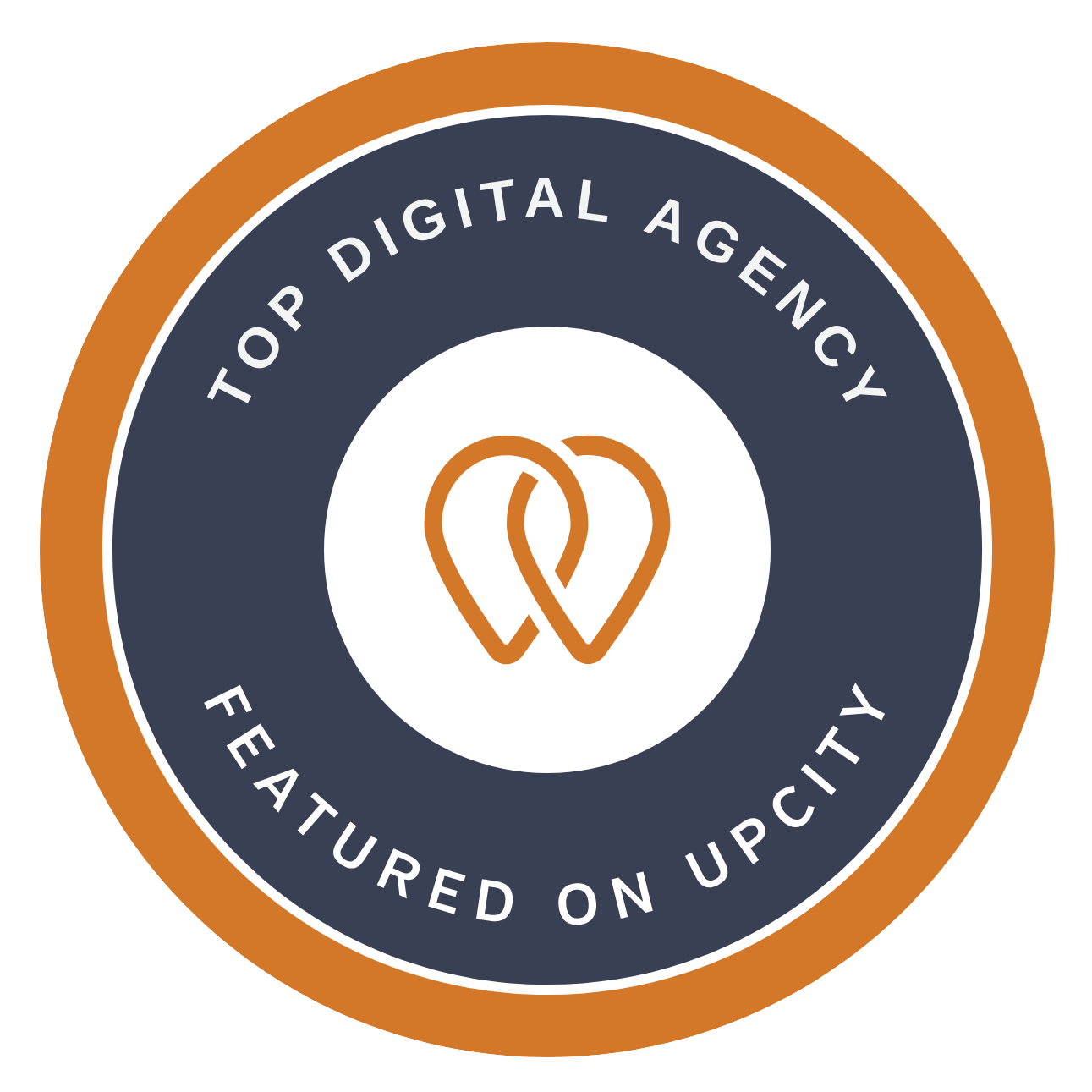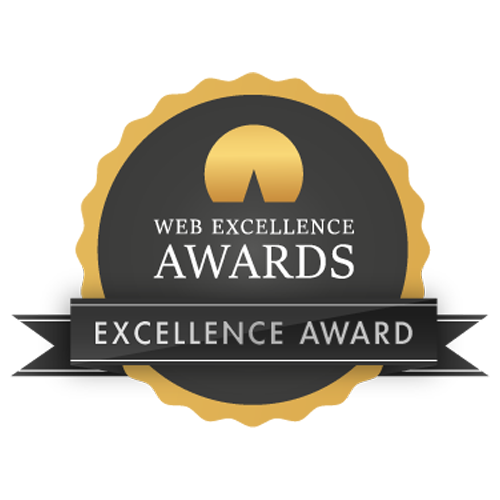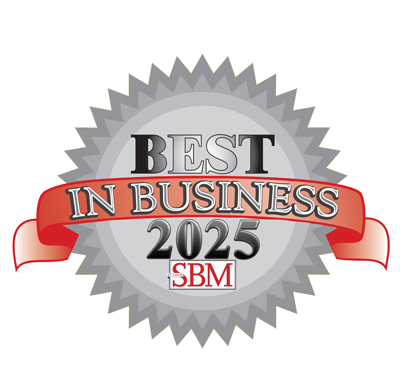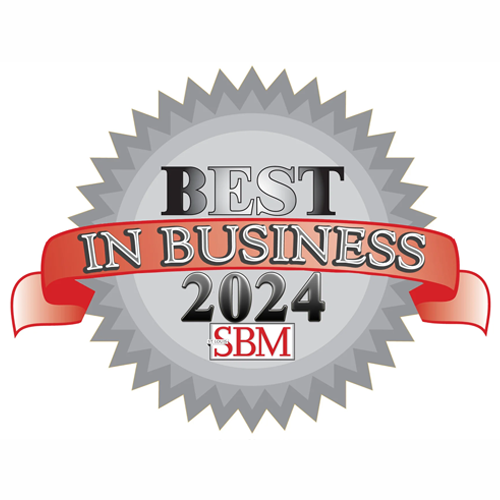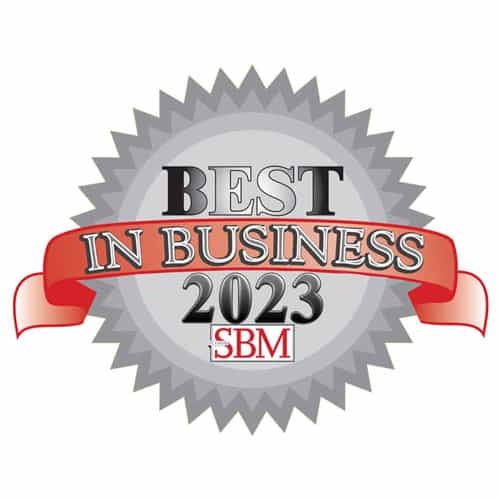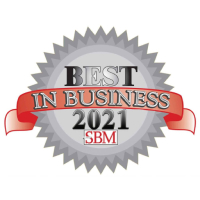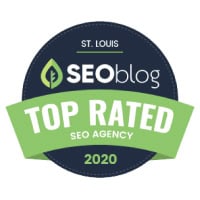If your marketing agency isn’t talking to you about AI, they’re keeping you in the dark.
Let’s be real: AI-powered marketing is changing the game. Fast. And at Seafoam, we’ve spent a tremendous amount of time researching, testing, and implementing AI tools—not because it’s trendy, but because it aligns with our responsibility to build marketing systems that create lasting success. Our philosophy has always been about crafting smart, scalable, and sustainable marketing solutions. Ignoring AI’s capabilities would mean ignoring opportunities to make marketing more effective, efficient, and impactful for our clients.
We’re not here to gatekeep. We believe in transparency, and that includes telling you exactly how AI is shaping the future of marketing—and why it matters for your business.
We’ve integrated AI into nearly every aspect of our process—not to replace human expertise, but to enhance it. Here’s where it’s making the biggest impact:
The most obvious AI use case? Copywriting. Whether it’s ad copy, blog posts, or social media content, AI helps us draft, refine, and optimize messaging efficiently. But AI isn’t about rushing—it’s about refining. Our team of strategists and copywriters still drive the brand voice, creativity, and human insight behind every piece. AI helps us spend less time on the blank page and more time perfecting the nuances that make your messaging resonate.
AI allows us to quickly analyze competitors—what they’re saying, how they’re positioning themselves, and what gaps we can exploit. Instead of spending weeks manually sifting through data, we get real-time insights that help us build stronger, forward-thinking strategies that align with your long-term goals.
Crafting the perfect brand strategy—your vision, mission, values, and value proposition—requires precision and iteration. AI helps us test different language variations, ensuring we consistently refine and strengthen your messaging in ways that make a lasting impact.
Understanding your audience is key. AI helps us analyze vast amounts of data to create detailed customer personas, predicting behaviors and preferences with a level of accuracy that was unheard of just a few years ago. This allows us to craft marketing that connects deeply and adapts as customer needs evolve.
AI-driven platforms like Google Performance Max take the guesswork out of digital advertising. By dynamically optimizing your ads over time, they ensure your budget is spent where it delivers the best long-term results. This isn’t about instant wins—it’s about steady, measurable growth.
Need a custom solution? AI helps us write and debug code more efficiently, whether we’re developing a marketing automation system, refining a website feature, or integrating a new tool into your tech stack. This means we can deliver complex, high-value solutions in a timeframe that keeps your business moving forward.
AI allows us to process massive amounts of data and identify trends, giving us a clearer picture of what’s coming next in your industry. With AI-driven forecasting, we can help you adapt, not react, ensuring your business remains ahead of the curve.
Search is changing, and AI is at the heart of it. We use AI to develop strategies specifically designed for AI-driven search engines, ensuring your brand is positioned to be found in this new era of discovery. AI also helps us execute SEO-focused content more effectively, making sure your business stays relevant in organic search.
AI isn’t just making us more efficient—it’s making your marketing more effective in the medium and long term. It means you get:
At Seafoam, we’ve always been focused on building strong, adaptable marketing systems—AI simply enhances our ability to do that. It helps us refine your brand, extend your reach, and create meaningful relationships with your audience in ways that weren’t possible before. But technology alone isn’t enough. The real magic happens when AI is paired with strategic thinking, creativity, and a deep understanding of your business.
AI is reshaping marketing, and not every agency is ready for that shift. Some might not want to change. Others might not want to tell you how much time they could be saving. But we believe in staying ahead of the curve and continuously evolving to deliver the best possible results. If your agency isn’t talking about AI, it’s worth asking why.
At Seafoam, we’re committed to making marketing smarter, more efficient, and more effective. AI isn’t the future—it’s the present. And we’re here to make sure you benefit from it, every step of the way.
Prepared for: Business Owners, CEOs, Presidents, and Marketing Directors in the St. Louis region
Prepared by: Seafoam Marketing – A St. Louis Marketing Agency
In 2025, the St. Louis marketing landscape has entered a new era defined by rapid digital growth and evolving local consumer behaviors. With deep roots and years of experience in St. Louis, we’ve witnessed firsthand the shift from an era of billboard campaigns and print ads to one dominated by social media, search engines, and data-driven strategy. The COVID-19 pandemic was a pivotal accelerant of this change – forcing businesses in every industry to adapt almost overnight. What follows is an in-depth exploration of how St. Louis businesses are navigating this “new normal” in marketing, balancing the city’s proud local culture with the vast opportunities of the digital world.
Each section of this report delves into a key theme shaping our region’s marketing environment in 2025. You’ll find data from reliable sources, local examples, and insights drawn from years of marketing expertise. Our aim is to provide clarity and guidance – in plain language – on what these trends mean for you as business leaders, and how you can leverage them. From permanent post-pandemic transformations to budget benchmarks, creative economy influences, and the rise of AI, this report serves as a roadmap to the digital horizons ahead for St. Louis marketing.
Let’s begin by looking at how local industries have permanently changed their marketing strategies in the wake of the pandemic.
The COVID-19 pandemic upended “business as usual” and, in many ways, permanently reshaped how St. Louis companies reach their customers. In the early months of 2020, storefronts went dark and in-person events were canceled, but consumer demand didn’t vanish – it moved online. St. Louis businesses, from retail and restaurants to B2B manufacturers, responded by accelerating their digital transformation at an unprecedented pace. Many of these changes have proven to be lasting. In this section, we examine what that transformation looks like across industries and how our local trends compare to national averages.
One unique challenge for St. Louis businesses is balancing our strong sense of local community with the vast reach of digital channels. St. Louis has a proud, hyper-local culture – think neighborhood loyalty, Cardinals baseball traditions, 314 Day celebrations – and historically, a lot of marketing here has been very community-centric (sponsoring the local little league, ads on the local radio, flyers at the corner cafe). At the same time, digital marketing lets even a small St. Louis company have a national or global audience at its fingertips. This creates a kind of “local-digital divide”: how do you stay authentic and connected to St. Louis roots while also capitalizing on online scale? In this section, we analyze how businesses are bridging that divide, blending traditional St. Louis marketing approaches with modern digital tactics.

One of the most common questions we get from executives is: “How should we be allocating our marketing budget these days, and how do we compare with others in St. Louis?” This section tackles that question by looking at benchmarks for marketing spend. We’ll explore how businesses of different sizes and industries in the St. Louis area are divvying up their marketing dollars across channels, and how that aligns with what’s happening nationally. We’ll also compare the ROI (return on investment) of traditional channels versus digital channels, especially in the context of our local market. The goal is to give you a frame of reference – a check on whether you are under-investing or over-investing in certain areas, and which channels tend to deliver the best bang for the buck in St. Louis.
St. Louis has always had a creative undercurrent – from our rich music history (hello, blues and jazz) to a vibrant arts scene and a tradition of scrappy advertising agencies punching above their weight. In 2025, this creative economy is both a source of marketing firepower and a factor influenced by broader trends like talent migration. In this section, we’ll explore how the local creative talent pool is evolving (e.g., are we experiencing a brain drain or a creative influx?), and how St. Louis’s unique cultural assets are influencing brand storytelling. Essentially, we want to understand the people and cultural context behind the marketing – the designers, writers, videographers, and storytellers in St. Louis – and what that means for businesses crafting their brand narratives.
No 2025 marketing report would be complete without discussing artificial intelligence. AI has rapidly moved from a buzzword to a practical toolkit for marketers. In St. Louis, we’re seeing companies of all sizes dabble in AI – from using AI to automate routine tasks to leveraging data-driven insights that inform strategy. This section looks at how widely AI is being adopted in the local marketing scene, differences between big and small businesses in implementation, and some real-world applications tailored to St. Louis market challenges.
The St. Louis marketing landscape of 2025 is a dynamic blend of old and new, local and global, human and AI. We’ve traversed through how the pandemic permanently altered marketing strategies, catapulting even the most traditional businesses into digital channels. We examined the art of balancing tight-knit community marketing with the boundless reach of online platforms – a balance many St. Louis businesses are mastering through integrated campaigns that feel personal yet scale broadly. We dissected where the marketing dollars are flowing, noting the decisive tilt toward digital spend and the superior ROI those channels tend to deliver, especially when leveraged with the creativity and authenticity that characterize successful St. Louis campaigns. We also celebrated the creative economy that underpins our marketing efforts – the people and cultural narratives that give St. Louis marketing its soul – while acknowledging the importance of nurturing and retaining talent to keep that engine running. And finally, we peered into the fast-emerging world of AI in marketing, seeing how local firms are using it pragmatically to work smarter and meet the evolving expectations of consumers.
A few key takeaways for business leaders emerge from this report:
As we navigate this landscape, one thing remains clear: the fundamentals of good marketing still apply. Know your audience, offer genuine value, tell a compelling story, and build relationships. The channels and tools have evolved – and will continue to evolve – but these principles are our north star. St. Louis companies that adhere to them, while adapting to change, are finding success. A local business that responds to an online customer inquiry with the same care as if that person walked into the store is going to win fans. A CEO who allocates budget not just to the trendiest tactic, but to what aligns with their strategy and customer behavior, is going to see results.
Seafoam Media has been privileged to ride the waves of change in marketing over the decades, from the rise of the internet to the mobile revolution to now AI and beyond. Through it all, our mission has been to guide businesses with expertise and empathy – cutting through hype, focusing on clarity and results. We hope this report has armed you with knowledge and insight that feels actionable and relevant. The 2025 horizon is bright with opportunity for those willing to innovate and stay true to their brand’s character.
In closing, remember that St. Louis’ marketing landscape is as rich and robust as the city itself. It’s a landscape shaped by resilience (forged in post-pandemic adaptation), by community spirit (the glue that binds local loyalty), by creativity (the spark that makes campaigns memorable), and by innovation (the engine propelling us forward). As you chart your course in this landscape, lean on those strengths. Embrace the digital future, but bring your St. Louis values with you. In doing so, you’ll not only achieve greater marketing success – you’ll strengthen the bond between your business and the community it serves. And that is a horizon worth aiming for.
The February 2025 marketing news reflects a sophisticated balance between technological advancement and human connection. AI's integration into creative processes marks a significant shift in how marketing teams operate, while the rise of micro-influencers signals a return to more intimate, community-focused engagement.
The emphasis on first-party data and privacy compliance demonstrates the industry's maturation in handling customer information. This evolution coincides with a broader shift toward authenticity, as seen in the success of user-generated content and raw, unpolished messaging.
Social commerce and conversational marketing continue to reshape how brands interact with customers. These channels, enhanced by AI capabilities, create more natural, responsive purchasing experiences. Meanwhile, the surge in CTV advertising represents a significant shift in how brands reach audiences through entertainment platforms.
The luxury sector's adaptation to economic conditions through enhanced personal experiences and sustainability focus reflects broader industry trends toward meaningful customer connections. Similarly, the imperative for genuine ethical marketing practices indicates a deeper understanding of modern consumer values.
Looking ahead, success will likely favor those who can effectively combine technological capabilities with authentic human elements, creating experiences that resonate on both practical and emotional levels.
For more insights and updates, follow Seafoam on LinkedIn. Contact us to discuss how we can help you navigate the evolving marketing landscape and achieve your growth goals.
The start of 2025 brings a distinct convergence of technological advancement and human-centered marketing approaches. AI continues its transformation of the industry, but with a notably more nuanced implementation focused on enhancing rather than replacing human interactions.
The evolution of voice search and AR/VR technology signals a shift in how consumers discover and interact with brands. These emerging channels create opportunities for more intuitive, immersive customer experiences, while requiring marketers to adapt their strategies accordingly.
Social commerce's rapid growth reflects changing consumer behaviors, with platforms like TikTok and Instagram bridging the gap between social interaction and purchasing decisions. Meanwhile, the emphasis on trust and authenticity underscores the enduring importance of genuine connections in an increasingly digital world.
The expansion into diverse sports markets and the focus on meaningful engagements demonstrate the value of reaching specific audiences with relevant, impactful content. This targeted approach, combined with real-time brand monitoring, enables more responsive and effective marketing strategies.
Looking ahead, success will likely favor those who can balance technological innovation with authentic human connection, creating experiences that resonate on both practical and emotional levels.
For more insights and updates, follow Seafoam on LinkedIn. Contact us to discuss how we can help you navigate the evolving marketing landscape and achieve your growth goals.
The marketing landscape is evolving at a dizzying pace. After decades of helping businesses navigate these changes, we've learned that while nobody can predict the future with certainty, we can identify the key marketing trends for 2025 that will shape where the industry is heading.
In this article, we'll explore the top marketing trends for 2025. Rather than chasing fleeting tactics, we'll focus on sustainable approaches that can transform your marketing and drive lasting growth.
The conversation around AI in marketing is shifting from automation to amplification. While AI tools are becoming more sophisticated at analyzing customer data and predicting behavior, the real breakthrough is how brands are using this technology to create more genuine, human connections.
Successful companies in 2025 won't just use AI to automate their marketing—they'll use it to understand their customers more deeply and deliver truly personalized experiences that feel authentic rather than automated. This means moving beyond basic demographic targeting to consider the full context of customer interactions, preferences, and needs.
The key difference between current personalization efforts and what we'll see in 2025 is the sophistication of the underlying systems. Instead of simple "if-then" rules, AI will help create dynamic content experiences that evolve with each customer interaction. However, the most successful brands will be those that use this technology to enhance rather than replace human creativity and strategic thinking.
What this means for your business:
Short-form video isn't just trending—it's transforming how brands connect with their audiences. But the real story isn't about video length; it's about creating meaningful moments that resonate with viewers, regardless of format.
We're seeing businesses succeed by developing video strategies that balance quick, engaging content for platforms like TikTok and Instagram with longer, more detailed pieces that showcase their expertise and build trust. The key is understanding which format serves your message best.
By 2025, we expect to see a more sophisticated approach to video marketing that includes:
How to adapt:
Traditional marketing roles are evolving into more fluid positions that require a broader skill set. This isn't just about wearing multiple hats—it's about understanding how different marketing functions work together to create cohesive customer experiences.
Smart businesses are building marketing frameworks that allow their teams to adapt quickly while maintaining consistent brand standards and messaging. This approach creates more resilient marketing systems that can evolve with changing technology and customer needs.
The successful marketing team of 2025 will:
In an era of AI-generated content and virtual experiences, authentic human connections are becoming more valuable than ever. Brands that build trust through transparent communication and consistent delivery of value will stand out in an increasingly crowded digital landscape.
This trend goes beyond surface-level authenticity—it's about creating genuine connections with your audience through:
Building trust in 2025 will require:
Environmental consciousness and social responsibility are no longer optional—they're essential components of successful marketing strategies. However, the focus is shifting from performative activism to genuine, sustainable business practices that create positive impact.
Successful brands in 2025 will:
This shift requires:
The search landscape is undergoing a fundamental transformation. Traditional search engines are evolving to incorporate AI-generated overviews and summaries, while new AI-powered search platforms are emerging to challenge the status quo. This shift is changing not just how people search, but how they consume and interact with content.
By 2025, we expect to see:
This evolution requires a fresh approach to search optimization:
As traditional advertising channels become more saturated, retail media networks are emerging as powerful platforms for reaching engaged audiences. These networks offer precise targeting and rich data insights, but the real opportunity lies in creating seamless customer experiences across multiple touchpoints.
The retail media landscape in 2025 will feature:
While quantum computing and other advanced technologies promise to revolutionize marketing, understanding the marketing trends for 2025 isn't enough. The key to success is building flexible marketing systems that can integrate new technologies while maintaining focus on your core business objectives.
This means:
As we look toward 2025, the most successful marketing strategies will be those that balance innovation with proven fundamentals. This means:
As we analyze the marketing trends for 2025, it's clear that success isn't about predicting every trend—it's about building resilient systems that can evolve with your business and your customers' needs. By focusing on these fundamentals while staying open to new opportunities, you can create marketing strategies that drive lasting success.
Remember, the goal isn't to chase every new trend, but to build marketing frameworks that unite brand, reach, and relationships in ways that create enduring value for your business and your customers.
Need help navigating these changes and building a marketing strategy that stands the test of time? Let's talk about how we can help your business thrive in 2025 and beyond.
As we conclude 2024, the marketing landscape reflects both technological sophistication and enduring fundamentals. AI-driven marketing campaigns are delivering measurable results, as demonstrated by Yum Brands' success in increasing engagement and reducing customer churn. However, the technology serves best when it enhances rather than replaces strategic thinking.
The industry-wide shift toward purpose-driven marketing and social responsibility marks a maturation in how brands connect with audiences. Similarly, the evolution of privacy-first practices shows a deeper understanding of the value exchange between companies and consumers.
Omnichannel marketing and heightened customer experience focus reflect the complexity of modern consumer journeys. The ability to create seamless interactions while maintaining consistency across touchpoints has become a key differentiator for successful brands.
Video content, employee advocacy, and agile marketing practices continue gaining momentum. These trends underscore the importance of authentic connections and rapid adaptation to market changes.
Looking toward 2025, we anticipate continued innovation in brand-audience connections. The most successful strategies will likely be those that balance technological advancement with genuine human connection.
For more insights and updates, follow Seafoam on LinkedIn. Contact us to discuss how we can help you navigate the evolving marketing landscape and achieve your growth goals.
In the ever-evolving landscape of digital marketing, we're witnessing a fascinating phenomenon: the convergence of traditionally separate marketing disciplines into a more brand-centric marketing approach. But here's the twist – this isn't a new revolution. Instead, it's a powerful reminder of the fundamental principles that have always underpinned effective marketing. As we navigate this landscape, one crucial factor stands out: brand authority.
For years, the digital age seemed to promise success through hyper-focused channel strategies. SEO experts worked in isolation from social media marketers, while content marketers and PPC specialists operated in their own silos. This fragmentation led many to believe that mastering a single channel was the key to marketing success.
However, recent developments are challenging this notion, bringing us full circle to the holistic approach that seasoned marketers have long advocated.
At the heart of this convergence lies brand authority – a concept as old as marketing itself. Brand authority is the trust and credibility your brand has earned in its industry. It's the extent to which consumers view your brand as a leader, an expert, and a reliable source in your field.
What's changing is not the importance of brand authority, but our ability to measure and understand its impact across various marketing channels.
A recent Moz study analyzing Google's Helpful Content Updates provides a perfect example of this return to fundamentals. The study found that websites with higher brand authority were less likely to be negatively impacted by these updates, while sites with a high disparity between their Domain Authority and Brand Authority were more vulnerable.
This revelation isn't introducing a new concept. Rather, it's confirming what marketers have always known: building a strong, trustworthy brand is crucial for long-term success. The difference now is that we can see this principle reflected directly in search engine algorithms.
This convergence extends beyond SEO, affecting every aspect of marketing:
These aren't separate phenomena – they're all manifestations of the same fundamental principle: a strong brand drives marketing success across all channels.
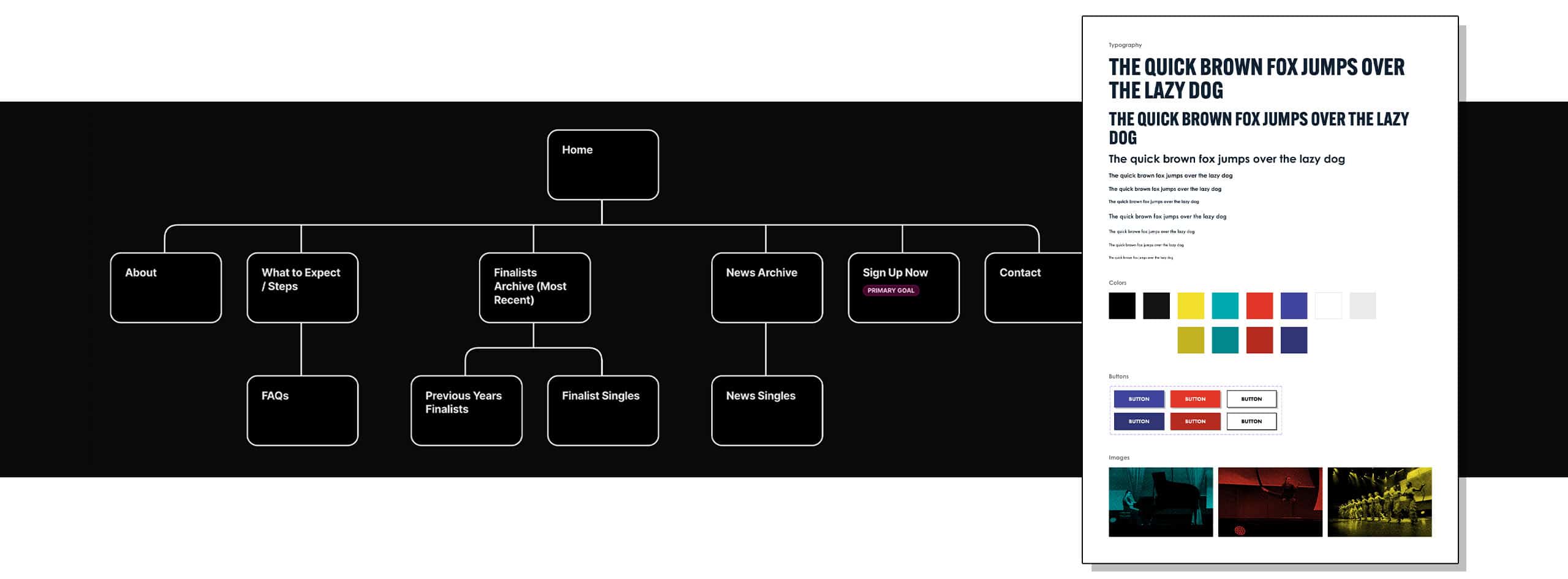
As we recognize this convergence, it's clear that the future of marketing isn't about mastering new, complex strategies. Instead, it's about returning to a comprehensive, integrated approach that aligns with timeless marketing principles:
Enhancing your brand authority isn't about employing cutting-edge tactics. It's about consistently applying fundamental marketing principles:
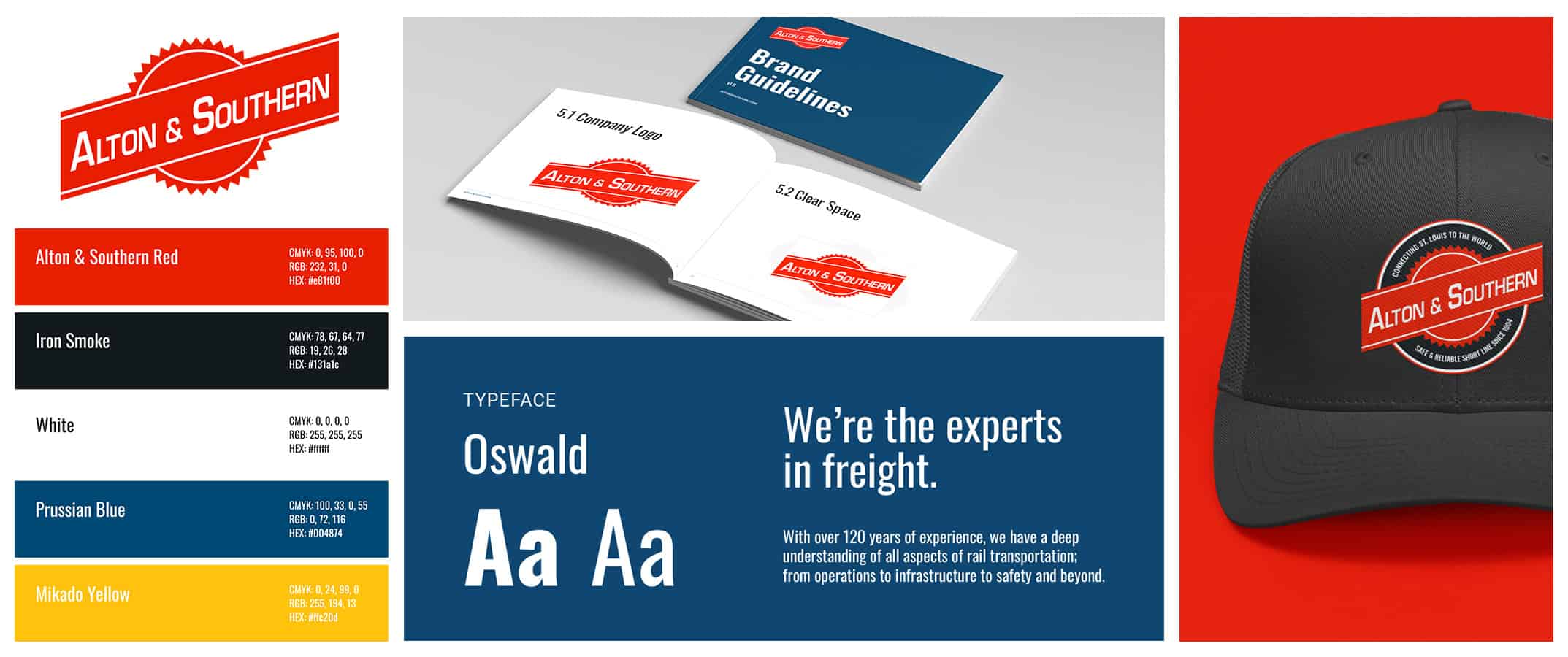
As we navigate the seemingly complex world of modern marketing, it's crucial to remember that the underlying principles remain unchanged. The convergence we're witnessing isn't introducing new concepts – it's validating the timeless fundamentals of good marketing.
Success in this era isn't just about mastering a multitude of isolated tactics. Instead, it calls for a return to a holistic strategy that places your brand at the center, fostering genuine connections with your audience across all channels.
In embracing this convergence, we're not stepping into uncharted territory. We're coming home to the core of what marketing has always been about: building strong brands that resonate with people, create value, and stand the test of time.
As you move forward, remember that in the world of marketing, everything is connected – and it always has been. Your brand isn't just part of your marketing strategy; it's the heart of it. By focusing on these timeless principles, you're not just adapting to a trend. You're building a foundation for sustainable, long-term success that will weather whatever changes the marketing world throws your way.
In the fast-paced world of e-commerce, it's easy to get caught up in the latest marketing trends or quick-fix solutions. However, sustainable growth comes from a different approach. Let's dive into the core elements of e-commerce marketing that truly drive e-commerce success, based on our decades of experience in the field.
A brand isn't just a logo or a color scheme. It's the core of a business's identity, the guiding force behind every decision. A well-crafted brand strategy sets a company apart in a crowded marketplace and gives customers a compelling reason to choose one business over competitors.
A strong brand strategy starts with a deep understanding of the target audience. Who are they? What do they value? What problems are they trying to solve? The brand should speak directly to these needs and aspirations.
Next comes defining the unique value proposition. What makes the business different? This isn't about being the cheapest or having the most features. It's about identifying the unique combination of benefits that only that particular company can provide.
Finally, a brand strategy should inform every aspect of the business, from product development to customer service. It should guide messaging, visual identity, and the overall experience provided. When done right, a brand becomes a powerful tool for building customer loyalty and driving long-term growth.

In e-commerce, great website design is everything. It's the storefront, the sales team, and the customer service rep rolled into one. A great user experience isn't just nice to have – it's essential for conversion and retention.
The basics are crucial: sites need to be fast, mobile-friendly, and easy to navigate. But it's important to consider the entire customer journey. How easy is it for visitors to find the products they're looking for? Is the search function intuitive? Are product descriptions clear and comprehensive?
The checkout process deserves special attention. This is where many e-commerce sites lose customers. Making it as smooth and straightforward as possible is key. Offering guest checkout, providing multiple payment options, and being transparent about shipping costs and delivery times can significantly improve conversion rates.
Every extra second of load time or unnecessary click is a potential lost sale. Continuously testing and refining the user experience, always with the goal of making it as frictionless as possible, is a hallmark of successful e-commerce businesses.
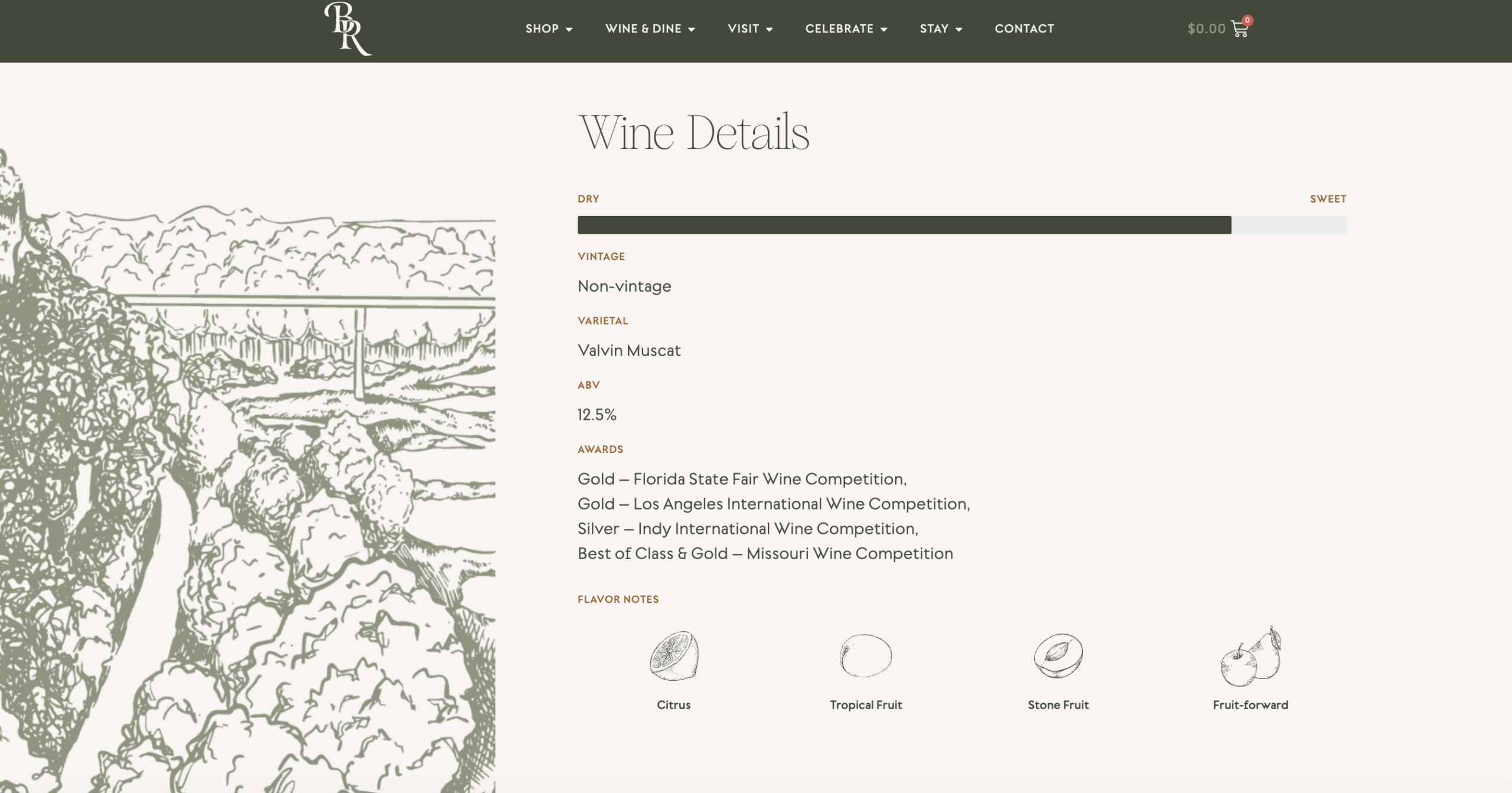
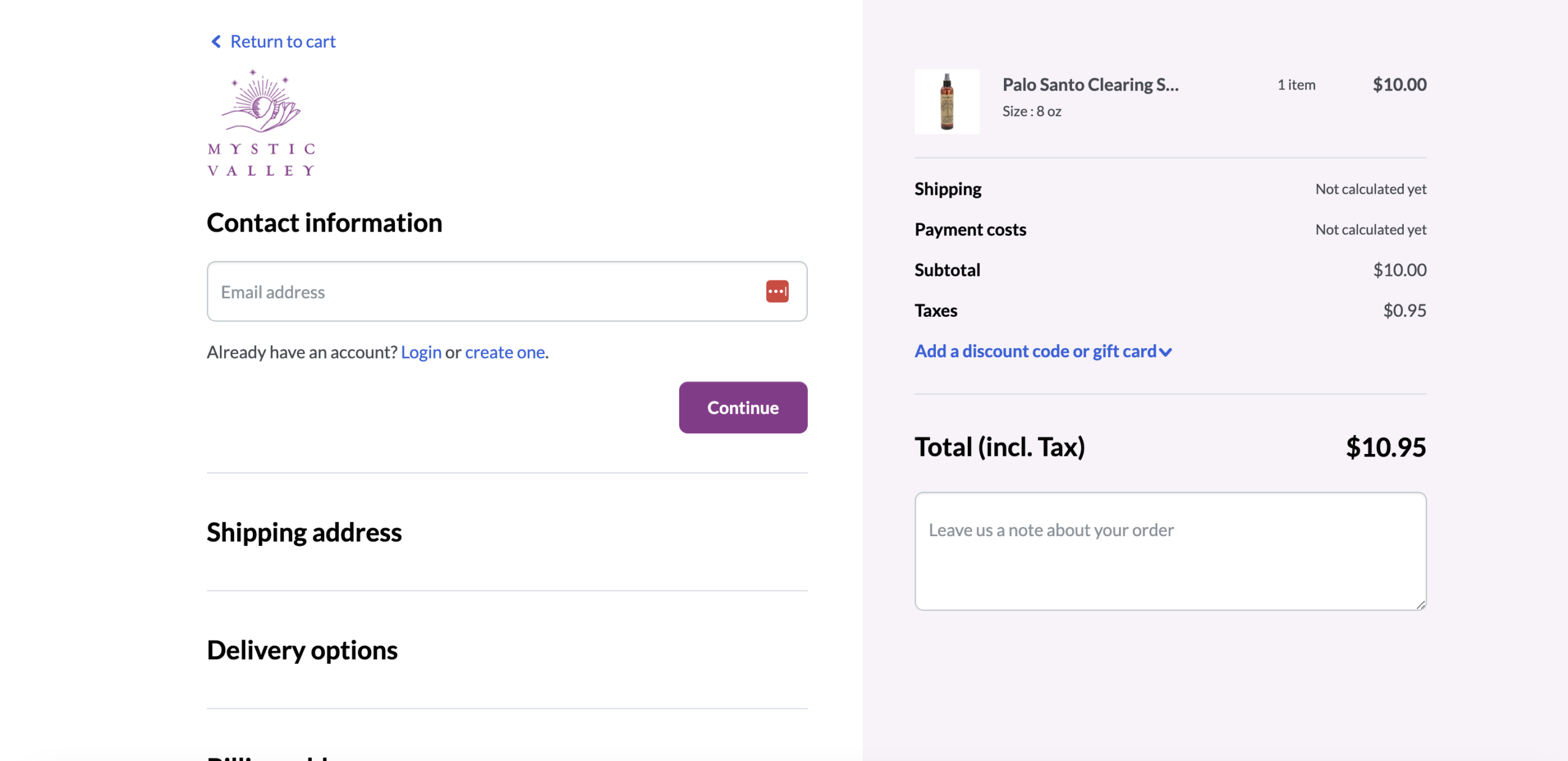
Content isn't just about SEO or filling up social media calendars. It's a powerful tool for educating audiences, showcasing expertise, and moving customers through the buying journey.
An effective e-commerce content strategy goes far beyond product descriptions. It includes how-to guides, comparison articles, video tutorials, customer stories, and more. The key is to provide value at every stage of the customer journey, from awareness to post-purchase.
For example, top-of-funnel content might focus on addressing common problems the target audience faces. Middle-of-funnel content could compare different solutions, positioning the company's products as the best choice. Bottom-of-funnel content might include detailed product information, reviews, and FAQs to help customers make their final decision.
Post-purchase content is often overlooked but can be incredibly valuable. Tutorials on how to get the most out of products, care and maintenance guides, and content that explores advanced uses can all help improve customer satisfaction and encourage repeat purchases.

SEO for e-commerce is a delicate balance of technical optimization and user-focused content. It's about creating a site structure that search engines can easily crawl and index, while also providing the information and experience that users are looking for.
On the technical side, this means optimizing site architecture, improving page load speeds, and ensuring mobile-friendliness. It also involves proper use of schema markup to help search engines understand the content better.
But technical optimization is only half the battle. Creating content that matches user intent is equally important. This means optimizing product pages with relevant keywords, creating valuable category pages that do more than just list products, and developing a content strategy that targets both transactional and informational queries.
Local SEO shouldn't be forgotten for businesses with physical locations. Optimizing Google My Business listings, encouraging customer reviews, and ensuring NAP (Name, Address, Phone number) information is consistent across the web can make a significant difference.
While organic strategies form the backbone of sustainable e-commerce growth, effective advertising plays a crucial role in driving immediate traffic and sales. However, successful e-commerce advertising goes far beyond simply boosting posts or running generic pay-per-click campaigns.
The first step in effective e-commerce advertising is choosing the right channels. This decision should be based on where your target audience spends their time online and which platforms align best with your products and brand. Common channels include:
Each platform has its strengths and is suited for different stages of the customer journey. For instance, search ads excel at capturing high-intent traffic, while social media ads are often better for brand awareness and engagement.
The power of digital advertising lies in its ability to target specific audiences. Leverage first-party data from your website and CRM, along with the targeting capabilities of ad platforms, to reach the most relevant potential customers. This might include:
Remember, the goal is to show your ads to people who are most likely to be interested in your products, not to reach the widest audience possible.
Even with perfect targeting, ads won't perform if the creative doesn't resonate. Effective e-commerce ad creative should:
Don't be afraid to create multiple versions of your ads to test different images, copy, and calls-to-action. A/B testing is crucial for optimizing ad performance over time.
For e-commerce businesses with large product catalogs, dynamic product ads can be a game-changer. These ads automatically show relevant products to users based on their previous interactions with your website or app. They're particularly effective for retargeting campaigns, showing users products they've viewed but not purchased.
Attribution and Measurement Accurate attribution is crucial for understanding the true impact of your advertising efforts. Look beyond last-click attribution to understand how different touchpoints contribute to conversions. Many platforms now offer data-driven attribution models that can provide a more nuanced view of the customer journey.
Effective advertising isn't a "set it and forget it" endeavor. It requires ongoing monitoring and optimization. Regularly review your campaigns' performance, test new approaches, and be prepared to pivot based on the data.
Remember, while advertising can drive quick wins, it should be part of a broader, integrated marketing strategy. The most successful e-commerce businesses use advertising in concert with strong organic efforts, creating a synergistic approach that drives both immediate sales and long-term growth.
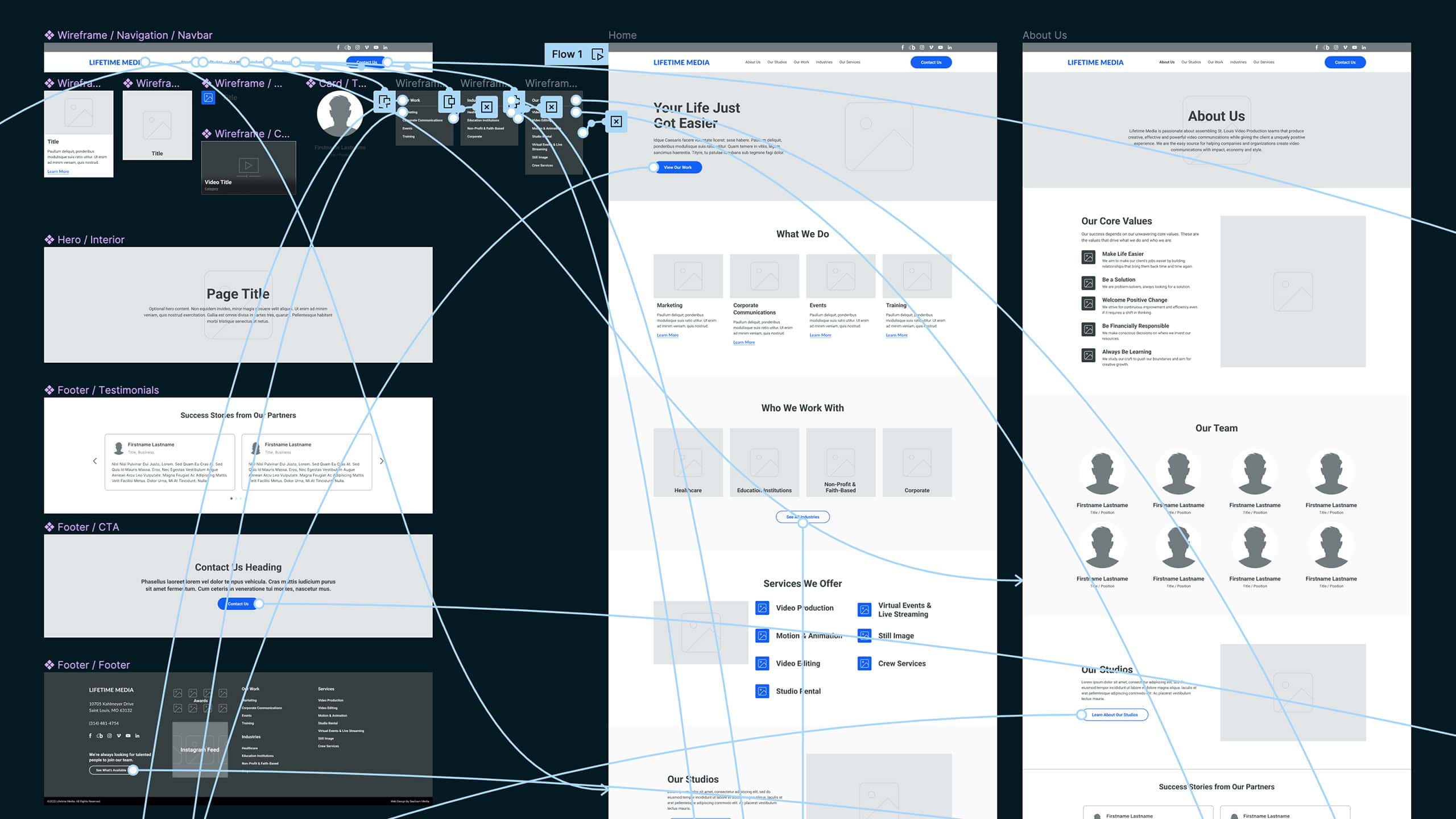
In e-commerce, gut feelings don't cut it. Every decision should be backed by data. This means setting up proper tracking, regularly analyzing metrics, and using those insights to drive continuous improvement.
Identifying key performance indicators (KPIs) is the first step. These might include conversion rate, average order value, customer lifetime value, and cart abandonment rate. Setting up tracking for these metrics and reviewing them regularly is crucial.
But collecting data isn't enough – using it is what matters. Conducting regular A/B tests on product pages, checkout processes, and email campaigns can lead to significant improvements. Analyzing the customer journey to identify drop-off points and using heat mapping tools to see how visitors interact with the site can provide invaluable insights.
The goal isn't just to gather data, but to turn those insights into actionable improvements. For instance, if data shows that customers who read product reviews are more likely to make a purchase, focusing on generating more reviews or making them more prominent on product pages could be a smart move.
The most successful e-commerce businesses don't just apply tactics – they build systems. They integrate all these elements – brand, UX, content, SEO, and data – into a cohesive strategy designed for long-term growth.
E-commerce isn't just about having great products. It's about creating an experience that attracts customers, earns their trust, and keeps them coming back. By focusing on these core elements, businesses aren't just setting up online stores – they're building brands that can thrive in the competitive world of e-commerce.
The beauty of this approach is that it's both comprehensive and flexible. As the e-commerce landscape evolves – and it will – businesses with a solid foundation can adapt to new challenges and opportunities. They won't be at the mercy of every algorithm update or platform change. Instead, they'll have a resilient system that can weather changes and continue driving growth.
In the end, sustainable e-commerce success isn't about chasing trends or applying quick fixes. It's about building a strong foundation based on these core principles, continuously learning and adapting, and always keeping the focus on providing value to customers. That's the true path to long-term e-commerce success.
When the Fox Performing Arts Charitable Foundation (FoxPACF) approached Seafoam with the challenge of rebranding their St. Louis Teen Talent Competition (STLTTC), we knew we had an exciting opportunity to make a real difference. This project showcased our ability to breathe new life into established institutions while honoring their rich heritage.
The FoxPACF, known for its commitment to nurturing young talent in the performing arts, needed a fresh approach to engage with its target audience of talented teenagers. The competition's previous branding had become outdated, failing to capture the vibrancy and energy of the young participants it aimed to attract.
Our team at Seafoam embraced this challenge, drawing on our expertise in brand strategy, web design, and content development to create a bold, contemporary identity that would resonate with young artists while maintaining a connection to the iconic Fox Theatre.
We began by immersing ourselves in the world of performing arts, studying contemporary rebrands of various establishments to strike the perfect balance between modern aesthetics and youthful energy. The result was a vibrant stylescape featuring bold colors, impactful imagery, and dynamic geometric shapes that paid homage to the Fox Theatre's stunning architecture.
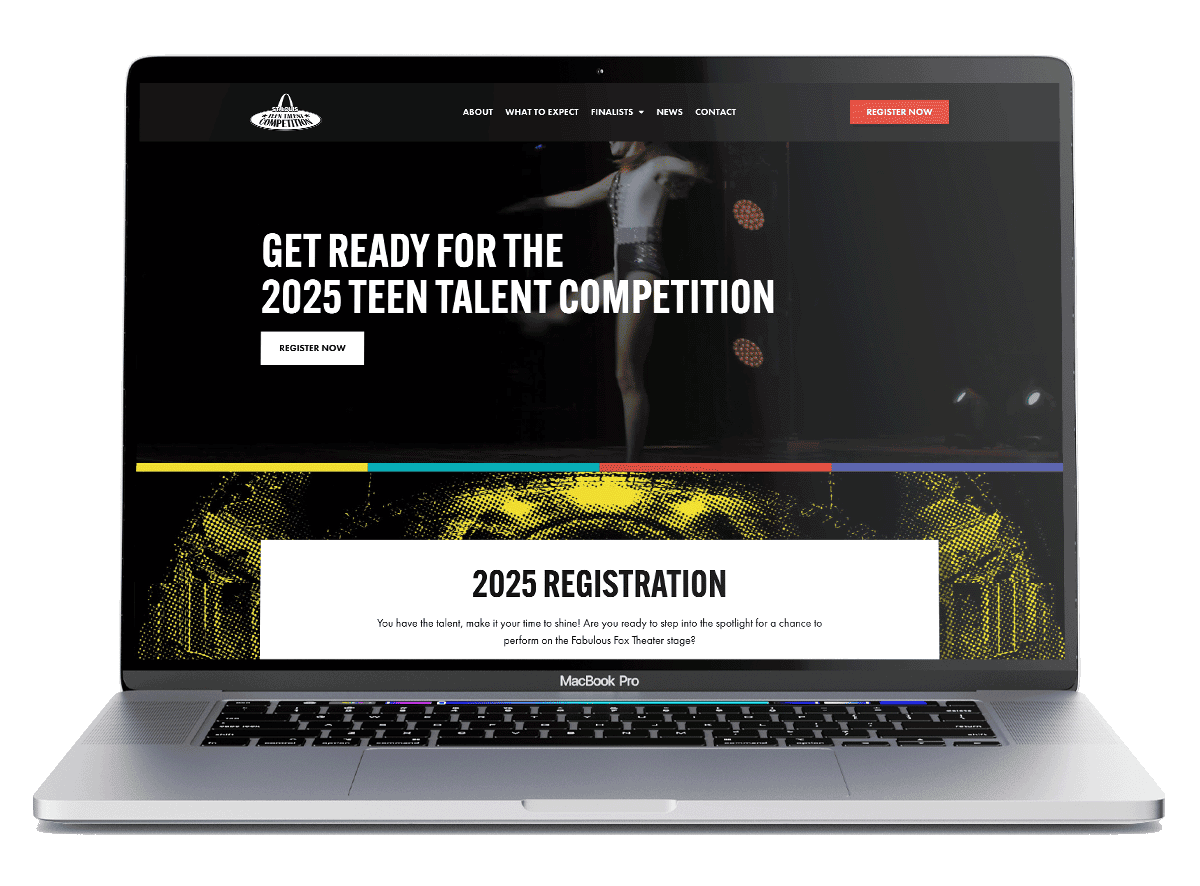
Our web design team then focused on creating an intuitive, easily navigable platform that not only provided essential information about the competition but also gave participants a taste of stardom. Taking inspiration from festival websites and indie record labels, we crafted a design that prioritized clarity and accessibility.
A standout feature of the new website was the "What to Expect" page, which used a tabbed interface to streamline information for different stages of the competition. We also created personalized competitor pages, allowing each teen to feel like a star and providing shareable content for social media and college applications.
The reimagined STLTTC brand and website were met with immediate enthusiasm from the FoxPACF board. The bold, youthful aesthetic successfully captured the energy and excitement of the competition while maintaining a strong connection to the Fox Theatre's legacy.
By partnering with Seafoam, the St. Louis Teen Talent Competition now boasts a vibrant brand identity and online presence that effectively engages its target audience and positions the event as a premier platform for celebrating young talent in the performing arts.
This project exemplifies Seafoam's ability to tackle complex branding challenges for prestigious organizations. Our work with the Fox Performing Arts Charitable Foundation demonstrates our commitment to delivering comprehensive, unified strategies that balance brand development and performance marketing.
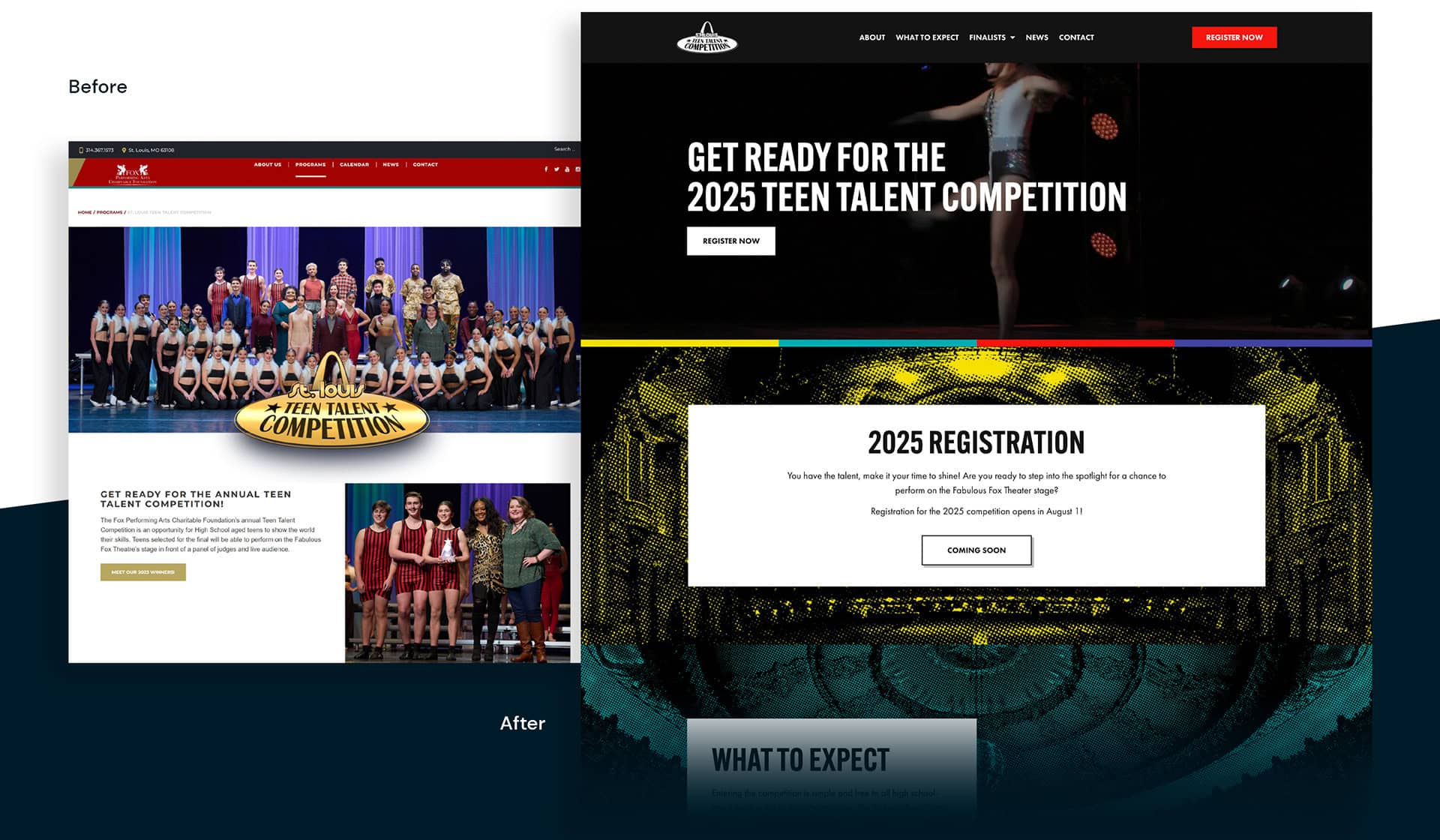
At Seafoam, we pride ourselves on being more than just a service provider – we're a strategic ally committed to our clients' long-term success. Whether we're working with established institutions like the Fox Theatre or up-and-coming businesses, our approach remains the same: we craft marketing foundations that bridge brand and performance, ensuring sustainable growth and lasting impact.
Are you looking to revitalize your brand and connect with your audience in meaningful ways? Let's start a conversation about how Seafoam can help you achieve your marketing goals and build a rock-solid foundation for long-term success.
The trends we're seeing in July 2024 highlight the increasing integration of AI across all aspects of marketing, from internal operations to content creation and ad delivery. As AI becomes more prevalent, marketers must strategically implement these tools while maintaining a focus on authenticity and human creativity.
The explosive growth in streaming ad spend underscores the shift from traditional linear TV to digital platforms. Marketers need to adapt their strategies to reach audiences effectively in this evolving media landscape, leveraging the targeting capabilities and engagement opportunities offered by streaming platforms.
The focus on content creation tools by social media platforms like LinkedIn emphasizes the continued importance of thought leadership and personal branding in B2B marketing. Marketers should take advantage of these new features to build and engage their audiences more effectively.
The efforts by major tech platforms to rebuild trust with advertisers highlight the ongoing challenges of brand safety and the importance of transparent, accountable ad ecosystems. Marketers should carefully evaluate platform policies and audience engagement when making ad spend decisions.
Ultimately, while embracing new technologies and platforms is crucial, the core principles of marketing remain unchanged: understanding your audience, delivering value, and building trust. By balancing innovation with empathy and authenticity, marketers can navigate this rapidly evolving landscape and drive meaningful results for their brands.
For more insights and updates, follow Seafoam on LinkedIn. Contact us to discuss how we can help you navigate the evolving marketing landscape and achieve your growth goals.
The trends we're seeing in May 2024 underscore the importance of embracing AI strategically while maintaining a human touch. As AI becomes more prevalent, marketers must focus on creating authentic, purpose-driven content that truly resonates with their audience.
The impending roll-out of Google's SGE is a wake-up call for marketers to prioritize unique, high-quality content that goes beyond what AI can generate. This means investing in rich media, thought leadership, and late-stage content that provides genuine value.
The expansion of ABM and the rise of automation and GTM plays highlight the need for targeted, data-driven campaigns that efficiently drive conversions. Marketers who can effectively leverage these strategies while staying true to their brand purpose will be well-positioned for success.
Ultimately, while keeping up with new technologies and frameworks is crucial, the core of marketing remains unchanged: deeply understanding your customers and solving for their needs. By striking the right balance between innovation and empathy, marketers can navigate the evolving landscape and drive meaningful results.
For more insights and updates, follow Seafoam on LinkedIn. Contact us to discuss how we can help you navigate the evolving marketing landscape and achieve your growth goals.
At Seafoam, we recently had the opportunity to renew our partnership with Alter Trading, a leading scrap metal processing and recycling company with over 125 years of industry experience. With more than 80 locations across the United States, Alter Trading recognized the importance of leveraging social media to build brand awareness, foster customer loyalty, and engage with their current and potential customers. However, they faced challenges in creating a cohesive brand message across their numerous Facebook pages, with many pages lacking fans, posts, and brand consistency.
To help Alter Trading overcome these challenges, we developed a comprehensive approach to streamline their communication, maintain brand consistency, and engage with their audience effectively.
Key components of our strategy for Alter Trading's social media presence included:
Through this strategic partnership, Alter Trading has seen impressive results in their social media performance. They have experienced a 220% increase in brand followers, a 218% increase in organic reach, and a 200% increase in engagement rate.
"Seafoam's innovative approach to social media marketing has been instrumental in helping Alter strengthen their brand presence and connect with their customers on a deeper level," said Seafoam's Nikki Bisel. "The ability to understand Alter's unique challenges and develop a tailored strategy has been invaluable in driving their success on social media."
As Alter Trading continues to grow and enter new markets, our partnership positions them to effectively engage with their communities, build lasting relationships with customers, and maintain their reputation for quality, integrity, and responsibility in the scrap metal industry.
We are proud to have played a role in Alter Trading's social media success and look forward to continuing our partnership to help them achieve their goals and drive sustainable growth.
To learn more about Seafoam and our approach to helping businesses like Alter Trading achieve sustainable growth in social media marketing, drop us a note so we can connect.












